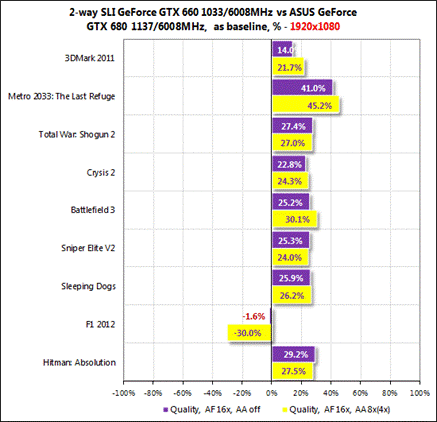
Even before putting the new GeForce GTX 660 2GB card in our test bed we were starting to get a feeling that it could perform quite closely to the GTX 660 Ti… Thermal design limits only drop by about 10 watts according to NVIDIA which is a bit surprising considering the smaller die size and the move to a single 6-pin power connection. This is actually HIGHER than the GTX 660 Ti that had a base of 915 MHz and a Boost clock of 980 MHz.

The base clock speed of the GTX 660 is 980 MHz with a typical Boost clock of 1033 MHz – the memory data rate continues to hit the 6.0 GHz mark. You can see that while memory bandwidth stays the same at 144.2 GB/s the texture filtering rate does drop to a 78.4 GigaTexels/s.ĭie size on the new GK106 shrinks quite a bit along with the transistor count – going from 3.54B on GK104 to 2.54B. The table above gives us the rest of the important specifications for GK106 and the GTX 660 graphics card. NVIDIA says otherwise – so let's just move on. The SMX on the far right of the block diagram does look a bit lonely without a partner, and my initial guess was that there was another SMX on the die that remained unused.
NVIDIA GTX 680 VS 660 FULL
You might be wondering why the GPU seems unbalanced – NVIDIA claims that the GTX 660 is using the FULL GK106 GPU. Essentially, one of the three available 64-bit memory controllers will have access to a full 1GB of memory while the other two access 512MB each. Once again, even though the GTX 660 uses a 192-bit memory bus, the graphics card will ship with 2GB of frame buffer made possible by supporting mixed density memory modes. ROP count is static with a count of 24 and as you would expect, a 192-bit memory bus to go along with it. Texture units on the GPU drops from 112 to 80 on the lower cost product. The GTX 660 GPU consists of 960 CUDA cores, a drop from the 1344 cores found in the GTX 660 Ti. If you have seen the other Kepler block diagrams in previous reviews you will immediately recognize that the GK106 GPU is significantly smaller than GK104. The GeForce GTX 660 uses the same half-length PCB that we saw for the first time with the GTX 670 and this will allow retail partners a lot of flexibility with their card designs. With the GTX 660 Ti starting at $299 and the GT 640 at $120, there was a WIDE gap in NVIDIA's 600-series lineup that the GTX 660 addresses with an entirely new GPU, the GK106.įirst, let's take a quick look at the reference card from NVIDIA for the GeForce GTX 660 2GB – it doesn't differ much from the reference cards for the GTX 660 Ti and even the GTX 670. We saw the much smaller GK107 GPU with the GT 640 card, a release I was not impressed with at all. NVIDIA's GK104 GPU is used in the GeForce GTX 690, GTX 680, GTX 670 and even the GTX 660 Ti. Coming in $80 under the GTX 660 Ti card released just last month, does the more vanilla GTX 660 have what it takes to replace the success of the GTX 460? Today we are going to take a look at the brand new GeForce GTX 660, a graphics cards with 2GB of frame buffer that will have a starting MSRP of $229. AMD benefited greatly from this lack of competition and only recently has NVIDIA started to bring their latest generation of cards to the price points MOST gamers are truly interested in. And of course NVIDIA's own GTX 500-series.īut gamers and enthusiasts are fickle beings – knowing that the GTX 660 was always JUST around the corner, many of you were simply not willing to buy into the GTX 560s floating around Newegg and other online retailers. Though NVIDIA certainly spiced things up with the release of the GeForce GTX 680 2GB card back in March, and then with the dual-GPU GTX 690 4GB graphics card, for quite quite some time NVIDIA was content to leave the sub-$400 markets to AMD's Radeon HD 7000 cards. The release of the various Kepler-based graphics cards have been interesting to watch from the outside. GK106 Completes the Circle NVIDIA completes the Kepler release cycle with the the GeForce GTX 660 2GB card utilizing the GK106 GPU. Legacy GPU Comparison – 9800 GT, GTX 460, GTX 560 Ti.Power Consumption, Temperatures and Sound Levels.



 0 kommentar(er)
0 kommentar(er)
